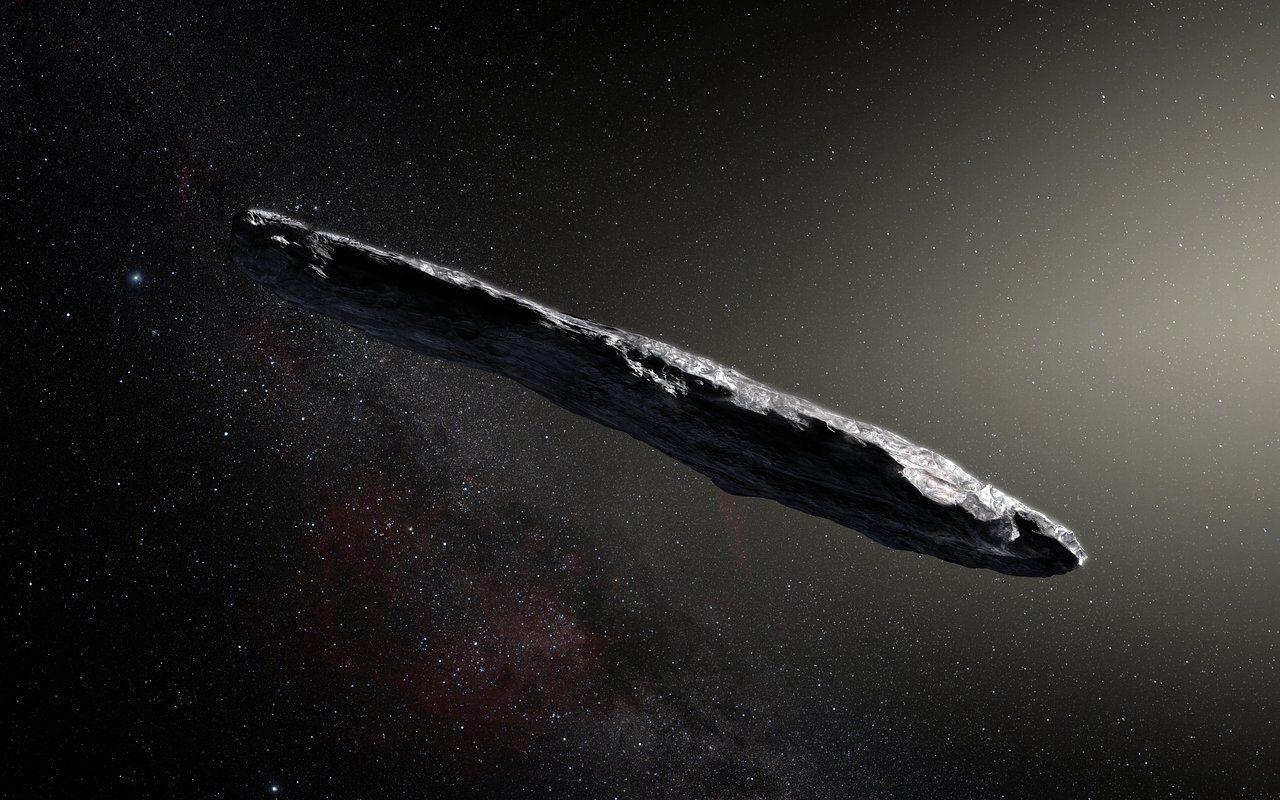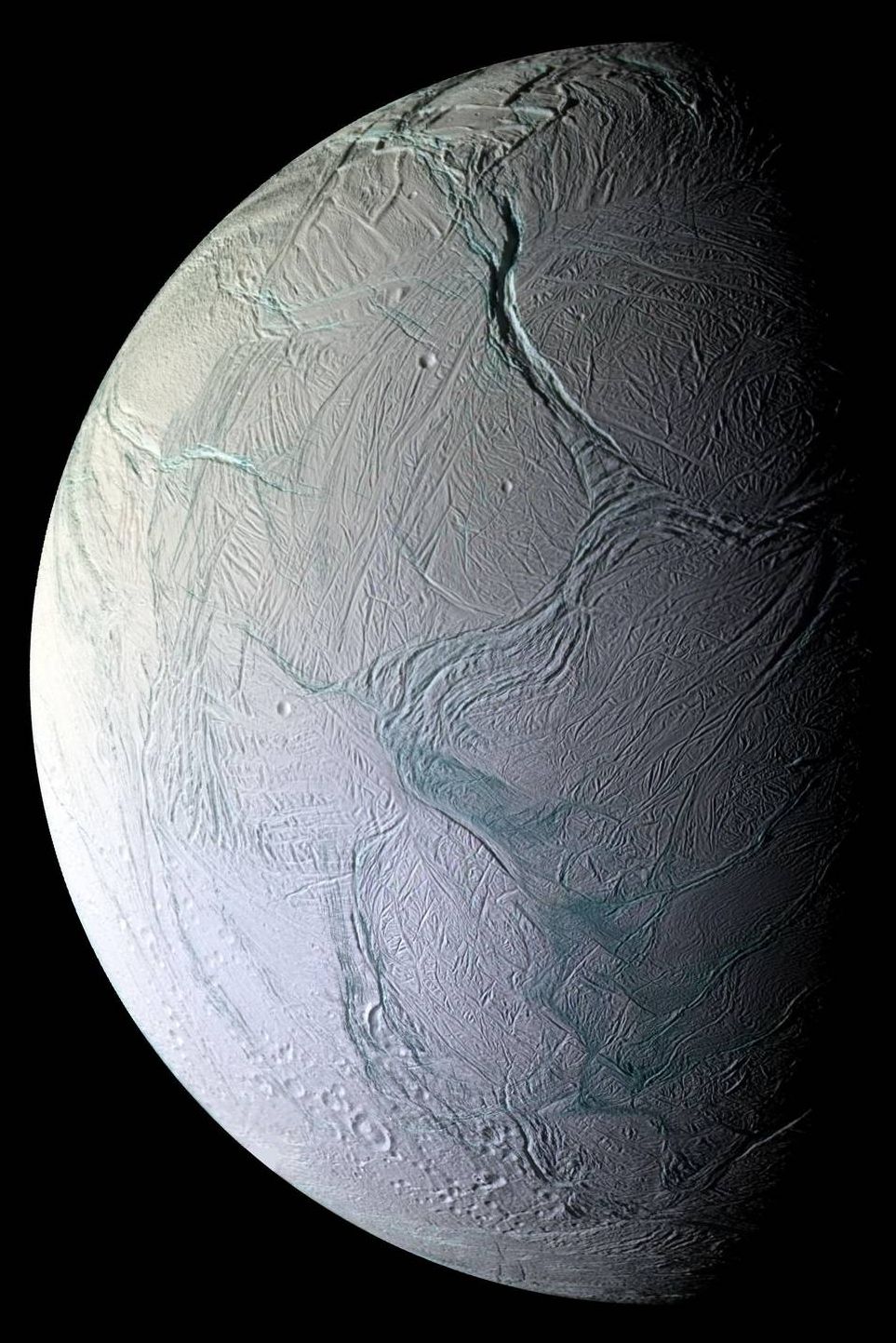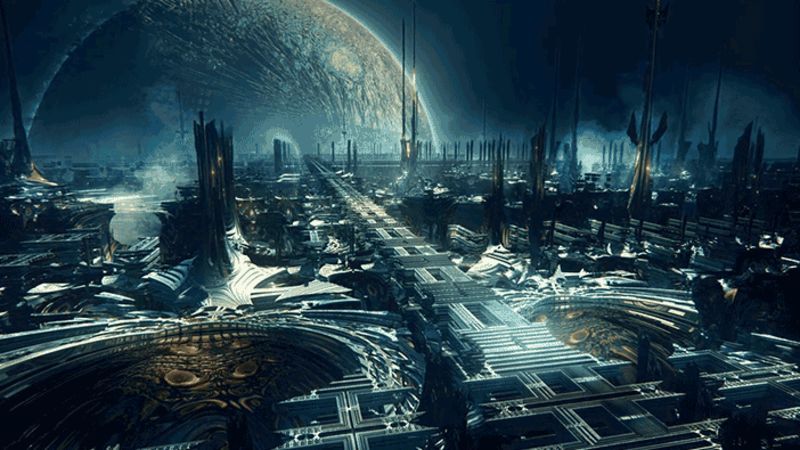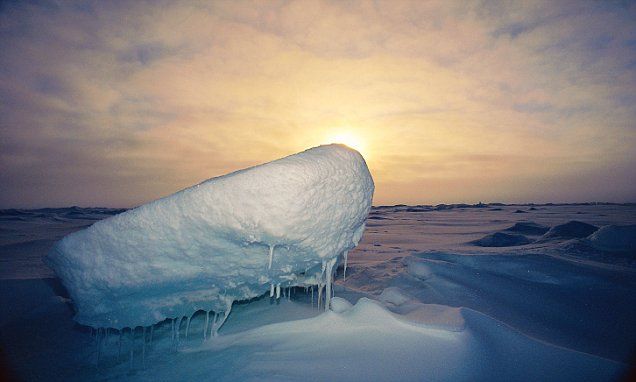Have we just been buzzed by ET?
Green Bank telescope in West Virginia will listen for radio signals from ‘Oumuamua, an object from another solar system.



In a recent blog post, Paul Krugman tried to illustrate a point about the GOP tax cut plan by imagining interplanetary trade with Martians. (At least he’s now entertaining voluntary transactions, rather than an alien invasion.) Yet in his zeal to downplay the potential benefits to workers from a corporate tax cut, Krugman ends up shortchanging the versatility of markets. As a teaching exercise, I’ll walk through the full implications of Krugman’s story about Martians, to show the elegance of capitalism.
Krugman’s Martian Scenario
The context for Krugman’s fanciful thought experiment is the GOP plan to cut the corporate income tax rate from 35 to 20 percent. In order to sell this plan as pro-worker, the GOP defenders are arguing that capital is very mobile on the international market. Therefore, global investors can be picky, and must earn the same after–tax rate of return (due account being made for risk), wherever they invest. This means — so the GOP argument continues — that a large cut in the US corporate tax rate will simply invite a flood of foreign capital into the US, pushing down the pre -tax rate of return to reestablish equilibrium across all countries. Yet this process helps American workers, who are now mixing their labor with a larger capital stock. Because labor productivity is higher with more tools and equipment, wage rates end up rising. Thus, so the argument concludes, the primary beneficiaries of the GOP tax cut won’t be international capitalists, but instead will be American workers.

As America has turned away from searching for extraterrestrial intelligence, China has built the world’s largest radio dish for precisely that purpose.
Last January, the Chinese Academy of Sciences invited Liu Cixin, China’s preeminent science-fiction writer, to visit its new state-of-the-art radio dish in the country’s southwest. Almost twice as wide as the dish at America’s Arecibo Observatory, in the Puerto Rican jungle, the new Chinese dish is the largest in the world, if not the universe. Though it is sensitive enough to detect spy satellites even when they’re not broadcasting, its main uses will be scientific, including an unusual one: The dish is Earth’s first flagship observatory custom-built to listen for a message from an extraterrestrial intelligence. If such a sign comes down from the heavens during the next decade, China may well hear it first.

WATCH THE FIRST EPISODE NOW: http://bit.ly/2yuwDPF
Check out CNET’s channel: http://bit.ly/2gpeXdr
Dear Future is Motherboard and CNET’s new documentary series built on the premise that technology and science are still capable of wowing us. Fusion energy, DIY off-grid energy systems, decentralized mesh networks, the search for life on other planets, and humanoid robots aren’t far-off science fiction, they’re breakthroughs that are happening right now.
Follow MOTHERBOARD
Facebook: http://www.facebook.com/motherboardtv
Twitter: http://twitter.com/motherboard
Tumblr: http://motherboardtv.tumblr.com/
Instagram: http://instagram.com/motherboardtv
More videos from the VICE network: https://www.fb.com/vicevideo


We wouldn’t blame you for thinking that Julius Horsthuis spent weeks designing and animating his sci-fi short, Fraktaal, using 3D software. But as the artist reveals, “It so happens that I’m a lazy animator.” So he instead relied on complex mathematical fractal patterns to automatically generate the alien worlds and cities visited in his film.

A new analysis of data from NASA’s Kepler telescope has revealed a treasure trove of 20 extraterrestrial worlds astronomers say could hold life.
The new analysis includes several planets that orbit stars similar to our sun.
They include KOI-7923.01, an exoplanet 97 per cent the size of Earth, but colder.

A supermassive dark opening isn’t the best place to live. Notwithstanding, there are physicists who think about existence existing in such outrageous spots and likely effectively occupied by some most progressive races – super outsiders. “Insides of super gigantic dark openings might be occupied by cutting edge human advancements living on planets with the third-kind circles,” Russian cosmologist Vyacheslav I. Dokuchaev at Moscow’s Institute for Nuclear Research of the Russian Academy of Sciences writes in his paper distributed in Cornell University’s online diary arXiv. “We could live inside a super gigantic dark gap in the long run… yet super-outsiders may have effectively outsmarted us,” claims Dokuchaev. His dubious hypothesis did not depend on sci-fi yet on Einstein’s speculations.

New NASA research is helping to refine our understanding of candidate planets beyond our solar system that might support life.
“Using a model that more realistically simulates atmospheric conditions, we discovered a new process that controls the habitability of exoplanets and will guide us in identifying candidates for further study,” said Yuka Fujii of NASA’s Goddard Institute for Space Studies (GISS), New York, New York and the Earth-Life Science Institute at the Tokyo Institute of Technology, Japan, lead author of a paper on the research published in the Astrophysical Journal Oct. 17.